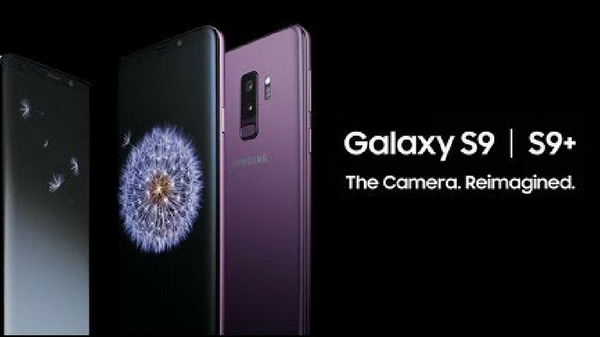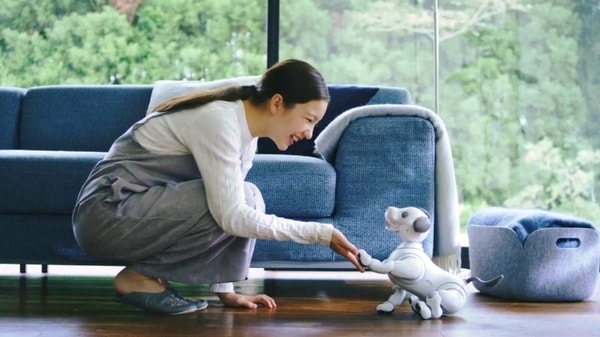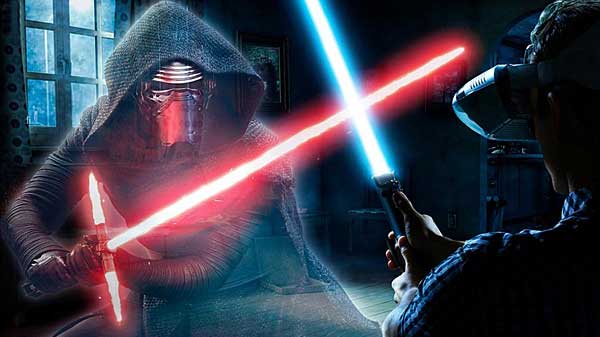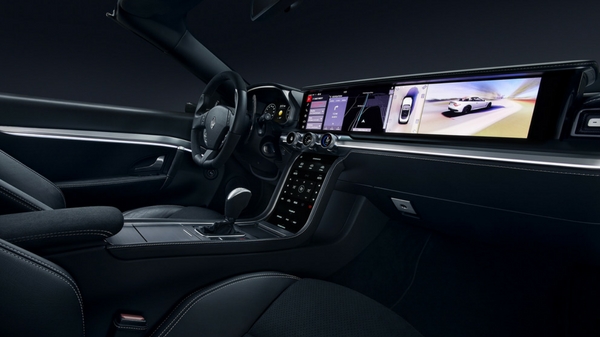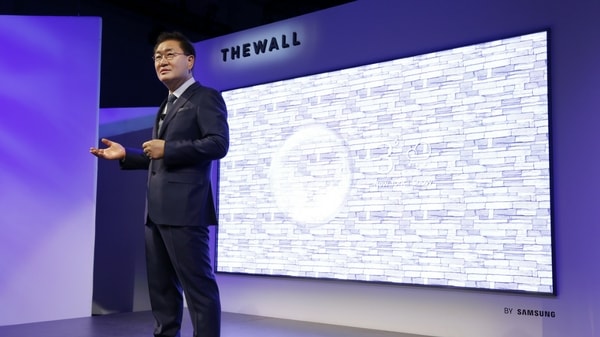On 25 January 2018, Sheung Wan based investment accelerator Betatron held its ‘Demo Day’ – a culminating event for the second cohort of its intensive four-month programme. The private, invitation-only affair was held at The Annex in Nan Fung Place, Des Voeux Rd Central, attended by more than 360 entrepreneurs, investors, strategic partners and the media.
With an estimated worth of US$32 Billion, Hong Kong’s startup ecosystem – the world’s fifth fastest growing – is definitely one to watch. Let’s take a look at some of the exciting new players in this up-and-coming sector, as presented in Betatron’s event last month:
Pakt: The Smart Wardrobe
Asia’s most innovative clothing storage service
Shopaholics, rejoice. This “wardrobe away from home” offers pristine storage conditions and a digital platform so you can browse your clothes anytime, anywhere and always know what you have in storage. PAKT also helps property developers like JLL innovate; they think smaller units should become smart homes and that means a smart wardrobe.
The startup also holds occassional Preloved Fashion and charity sales and works closely with bridal dress designers, retailers, beauty / fashion bloggers and more. www.pakt.hk
Pixofy: Interactive furniture shopping
The augmented reality furniture shopping experience

Moving into a new space? Forget hours of going through different home stores only to realise they don’t match with your home or office in the end. Pixofy is focused on providing a next generation interactive shopping experience that allows consumers to visualise products in a different environment via augmented reality. Pixofy aims to enable furniture shoppers to make enhanced purchasing decisions and works with design studios and furniture manufacturers. www.pixofy.io
IC Workshop: Product testing, Inspection and factory certification
An international compliance platform
It may not be the sexiest of startups out there, but this B2B solution promises to deliver solid returns with real added value to the supply chain industry. IC Workshop enhances the efficiency in the procurement process; as of late 2017, the startup had over 100 enterprise users, generated 700 projects and US$6.3 million in revenue. Its vision is to make Hong Kong the international centre of global product testing, inspection and certification. www.icw.io
KidHop: All You Can Play
Discover and book amazing children’s activities

Parents, this one’s for you. The entrepreneurs behind KidHop understand how hard it is to navigate through the myriad of education centres and activities providers in Hong Kong. How do you choose which ones are best for your kid?! With KidHop’s aggregator, you only have to go to one platform containing a comprehensive list of curated activities for children, categorised by time, location, age, etc. Kids can explore a different activity everyday, or take up to 3 visits per month to the same provider for drop-in classes.www.kidhop.com
Trip Guru: Authentic Travel Experiences
A platform for travellers to discover each other through the best group experiences
Who said solo travel has to be lonely? There’s nothing better about travelling than the people you meet along the way! (Read: Gafencu’s travel section) This Hong Kong based startup – headed up by a team of Italian and Argentinian travel enthusiasts – is the millennial answer to the dusty travel agencies of the past. Their first batch of destinations cover Southeast Asia, but with more funding they are hoping to expand to China, India, Myanmar and Latin America. thetripguru.com
Written by: Julienne C. Raboca





